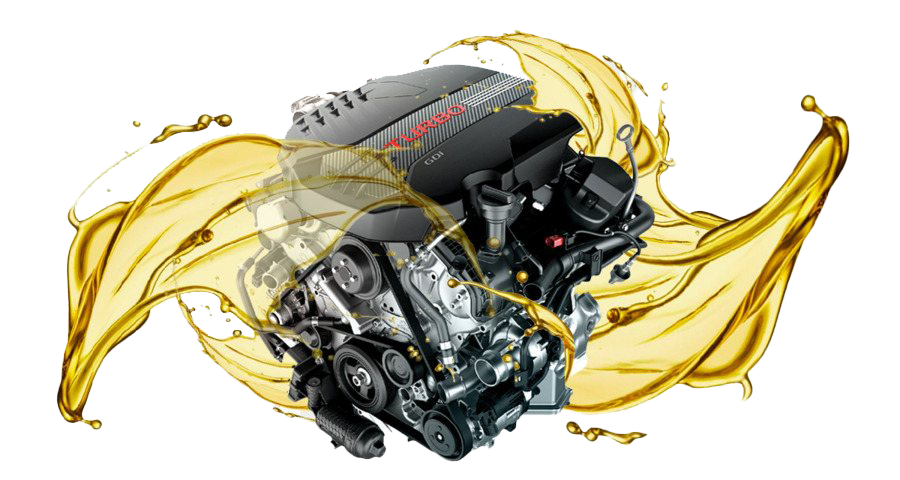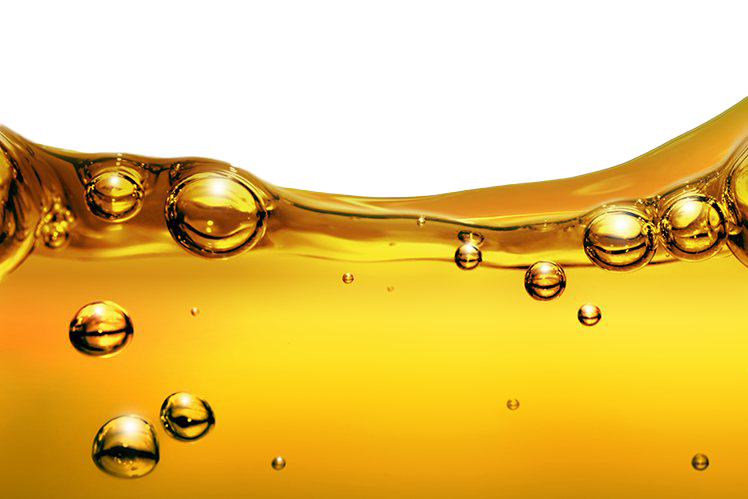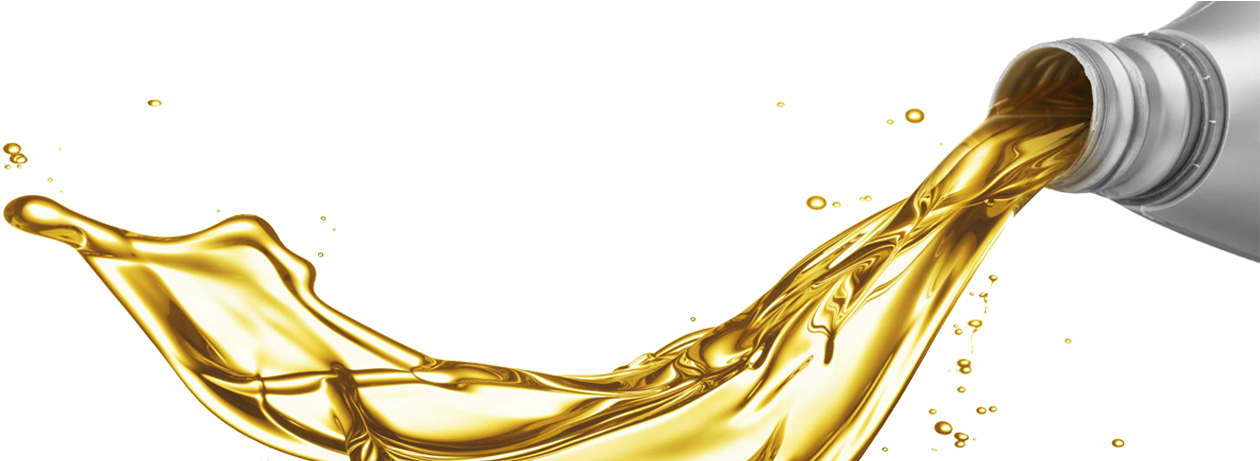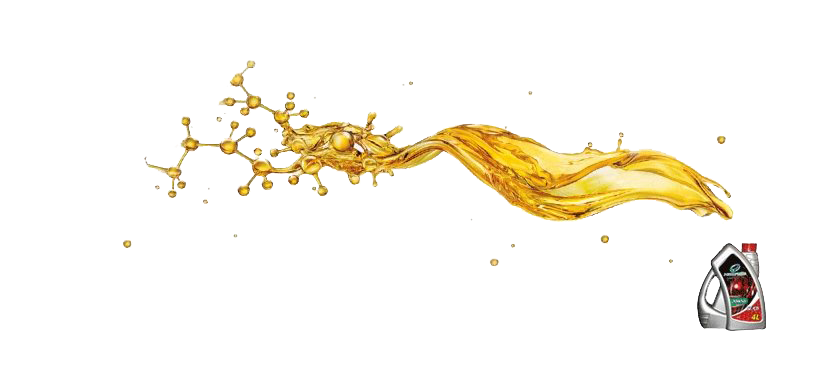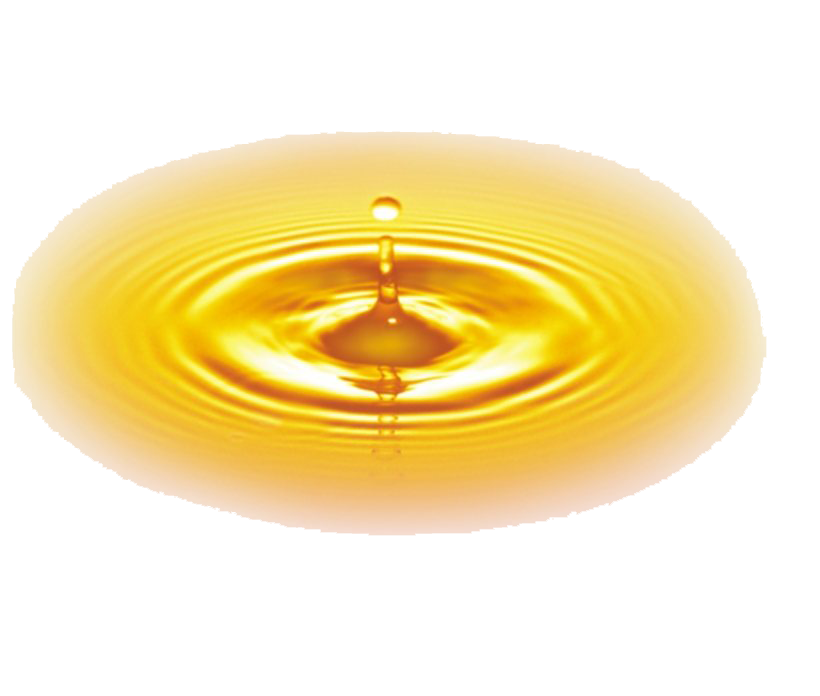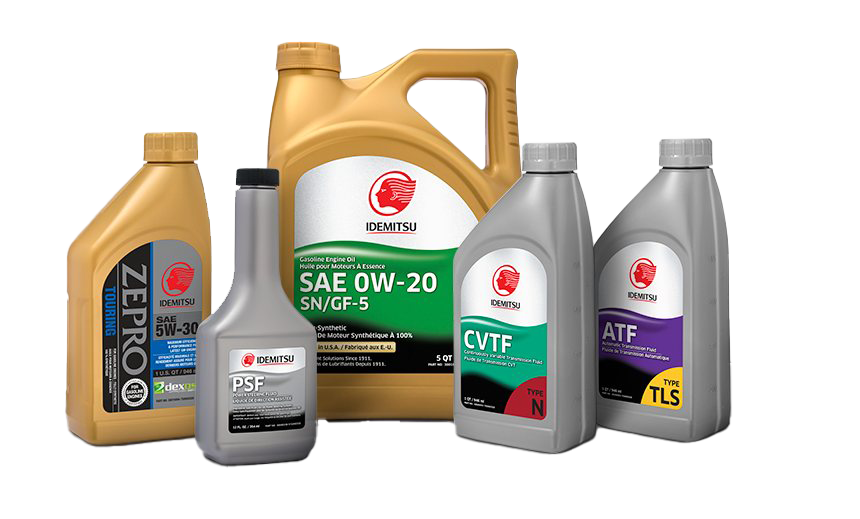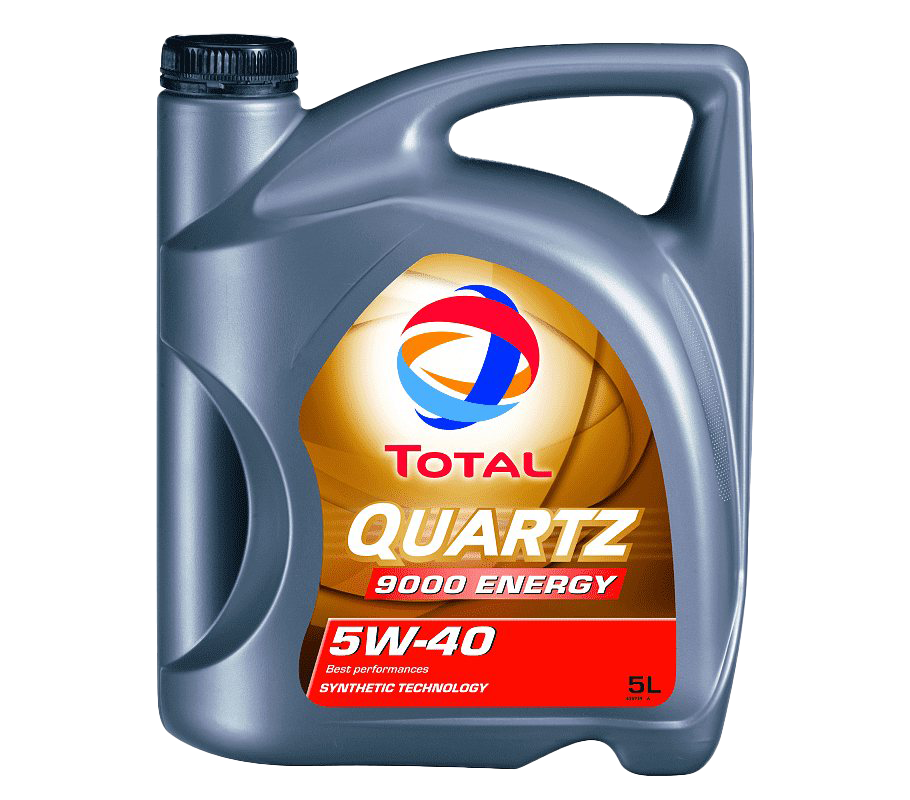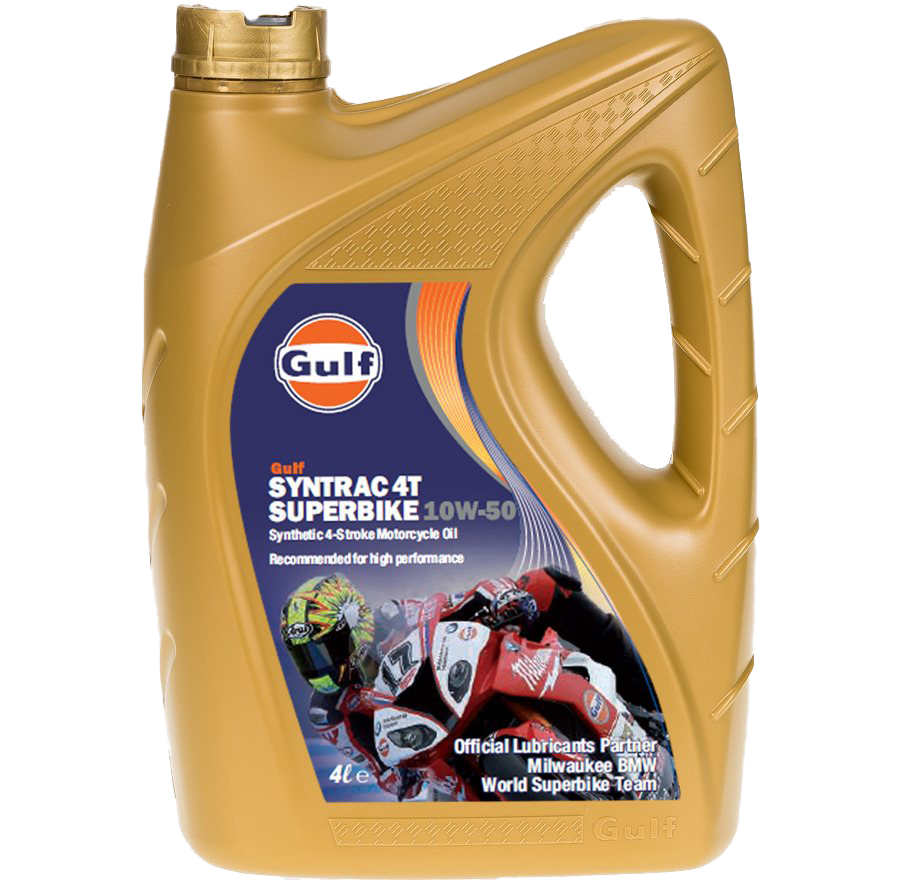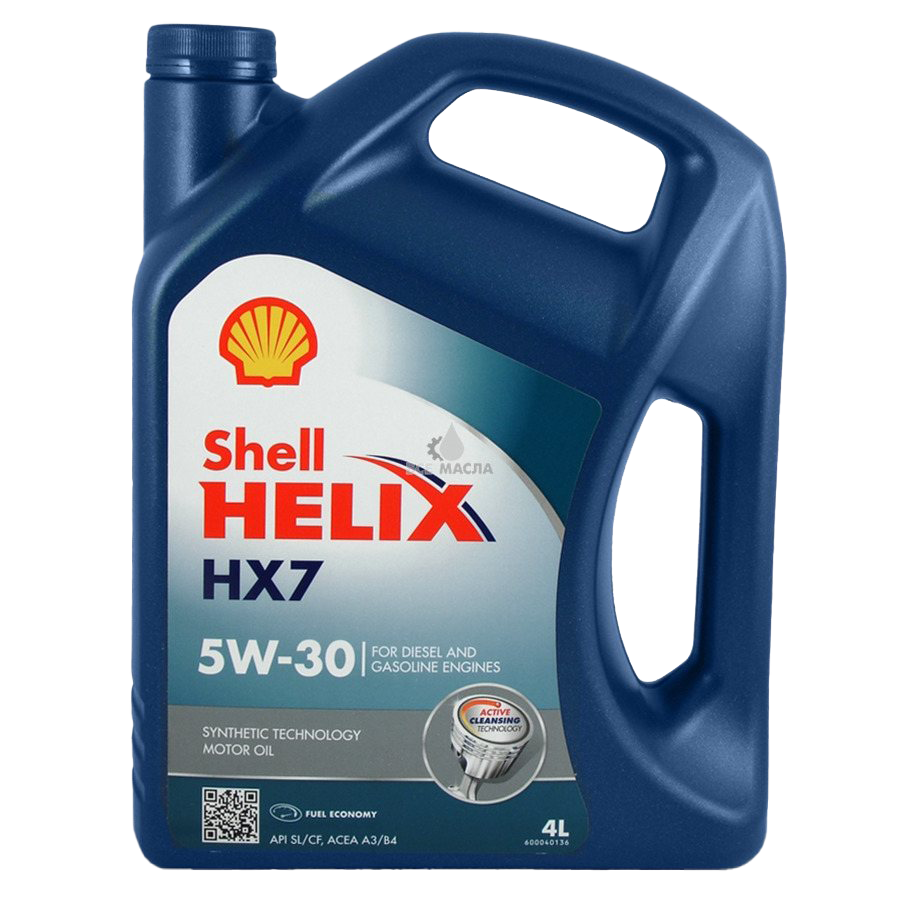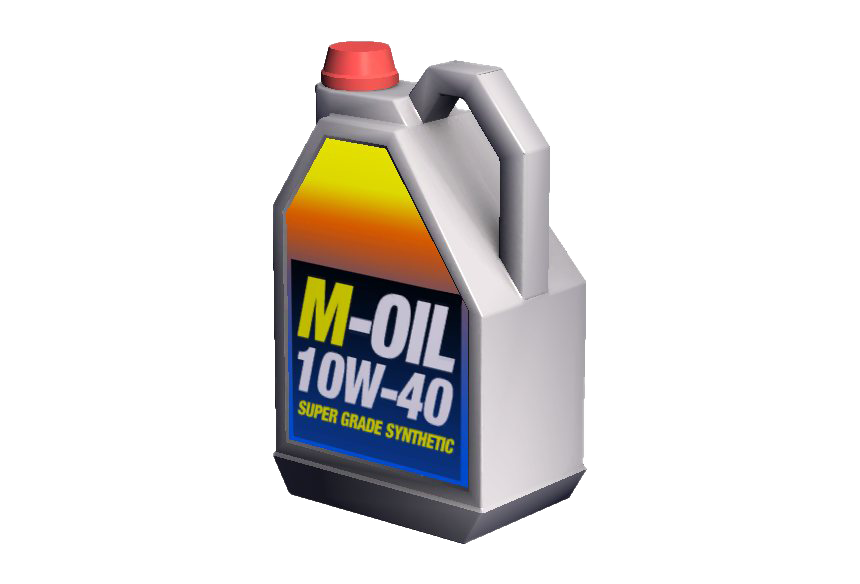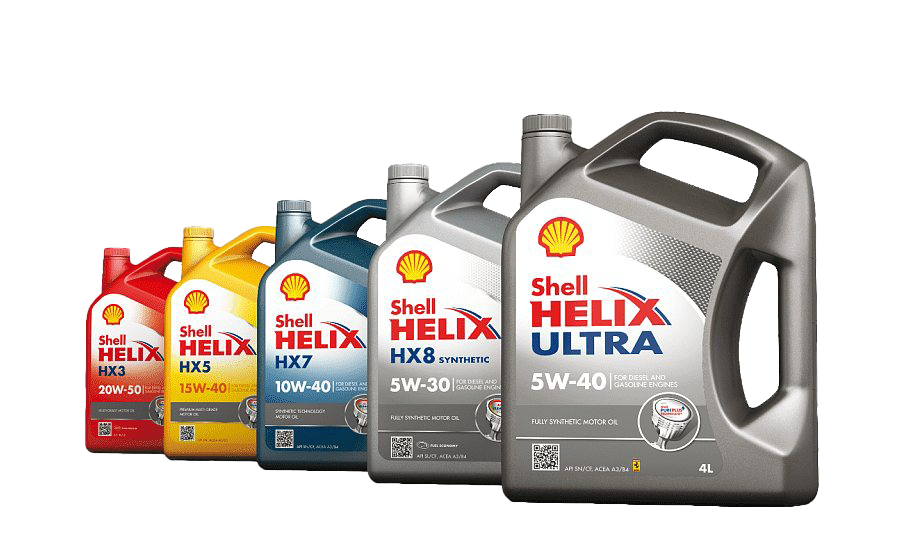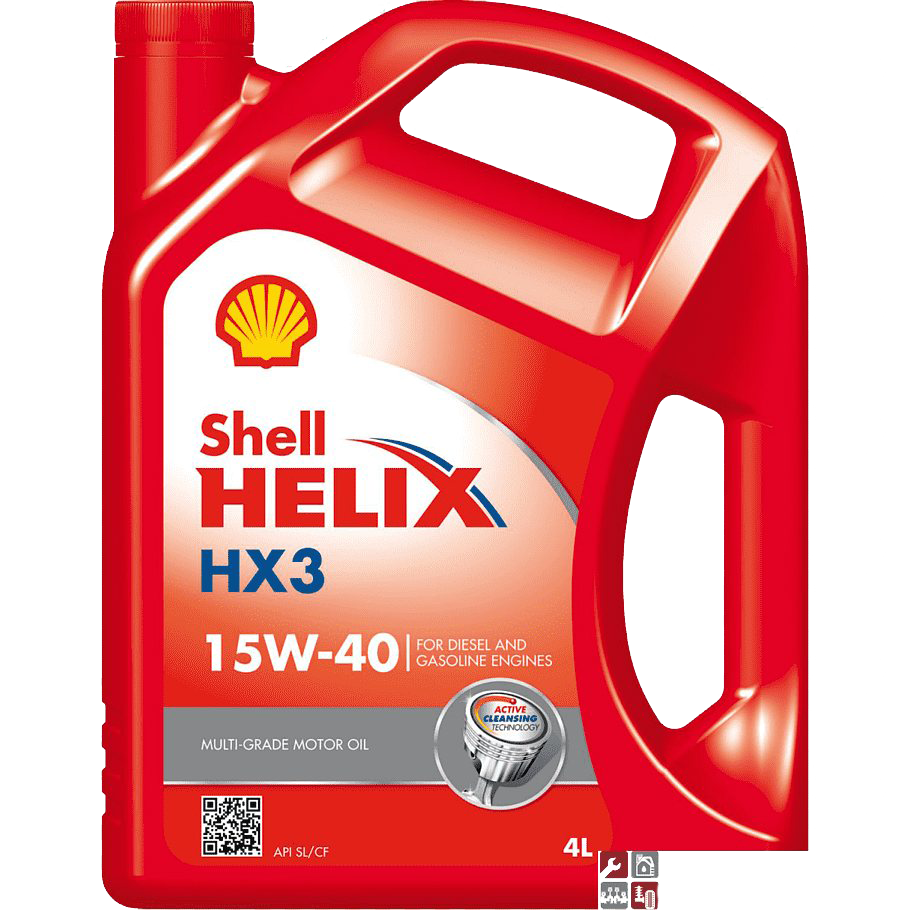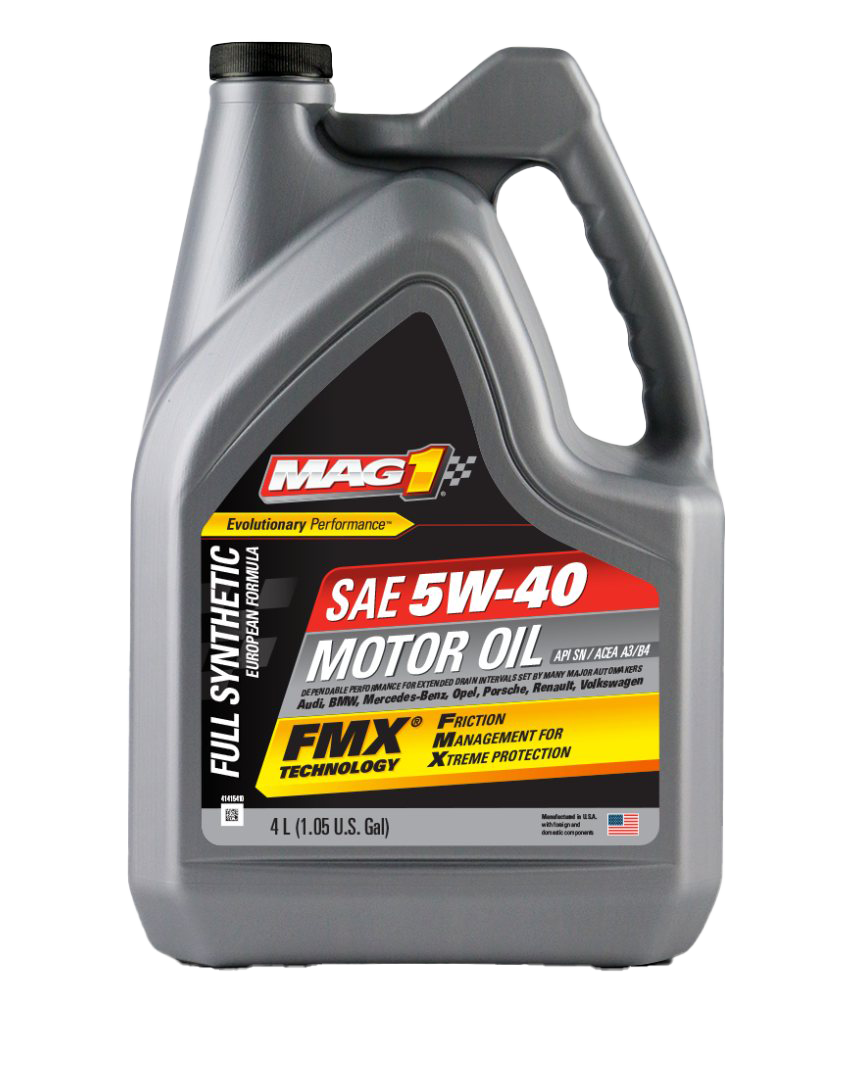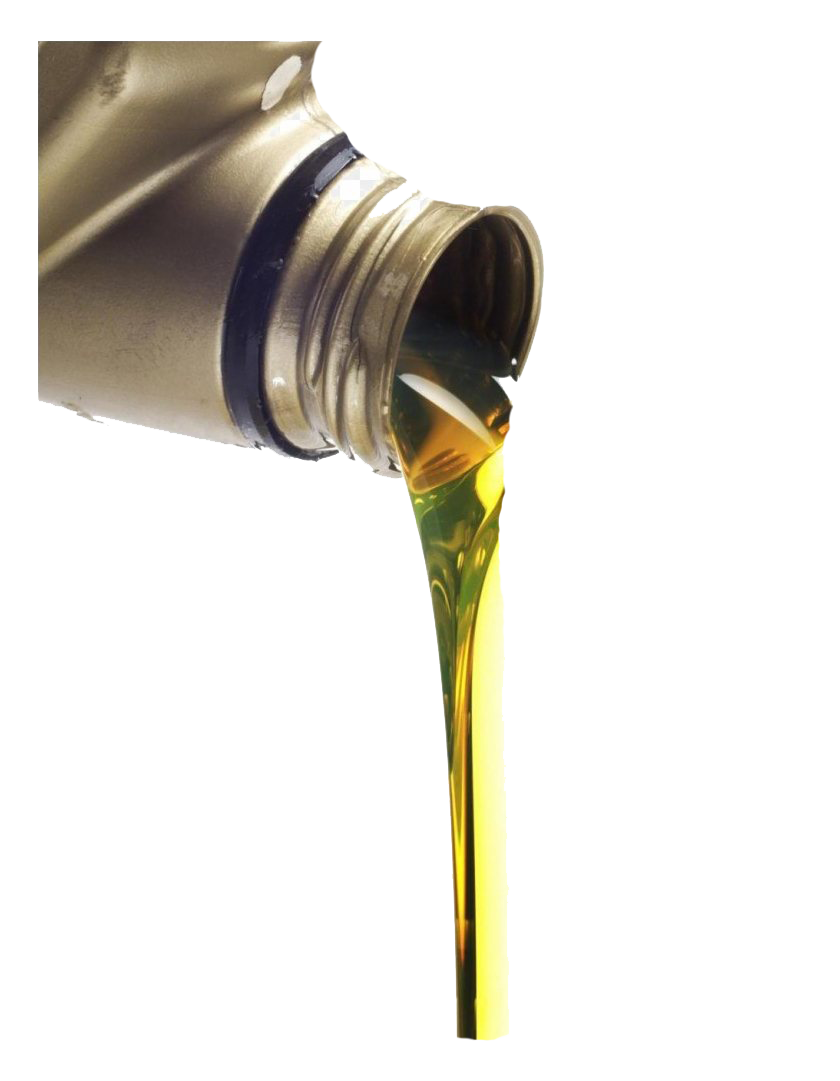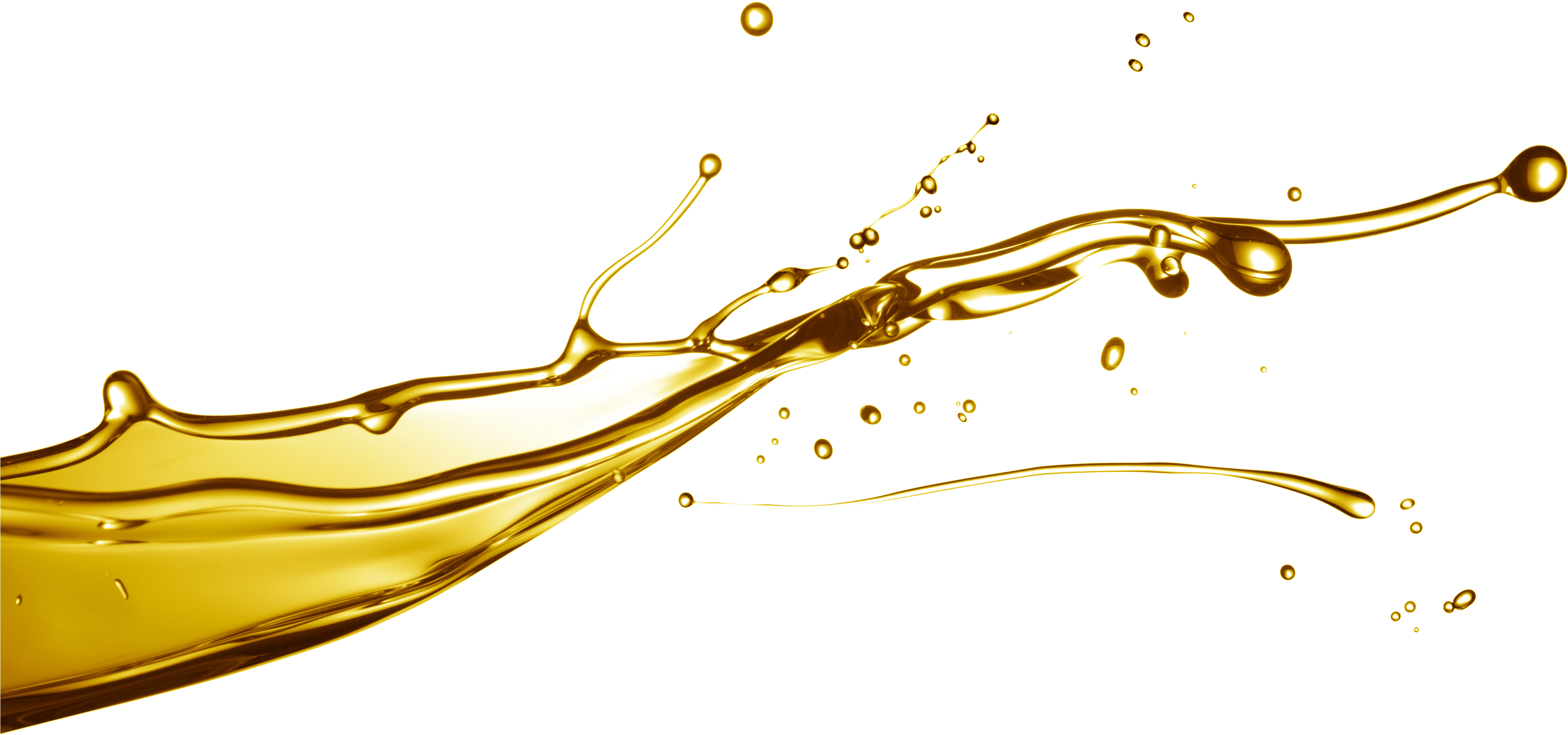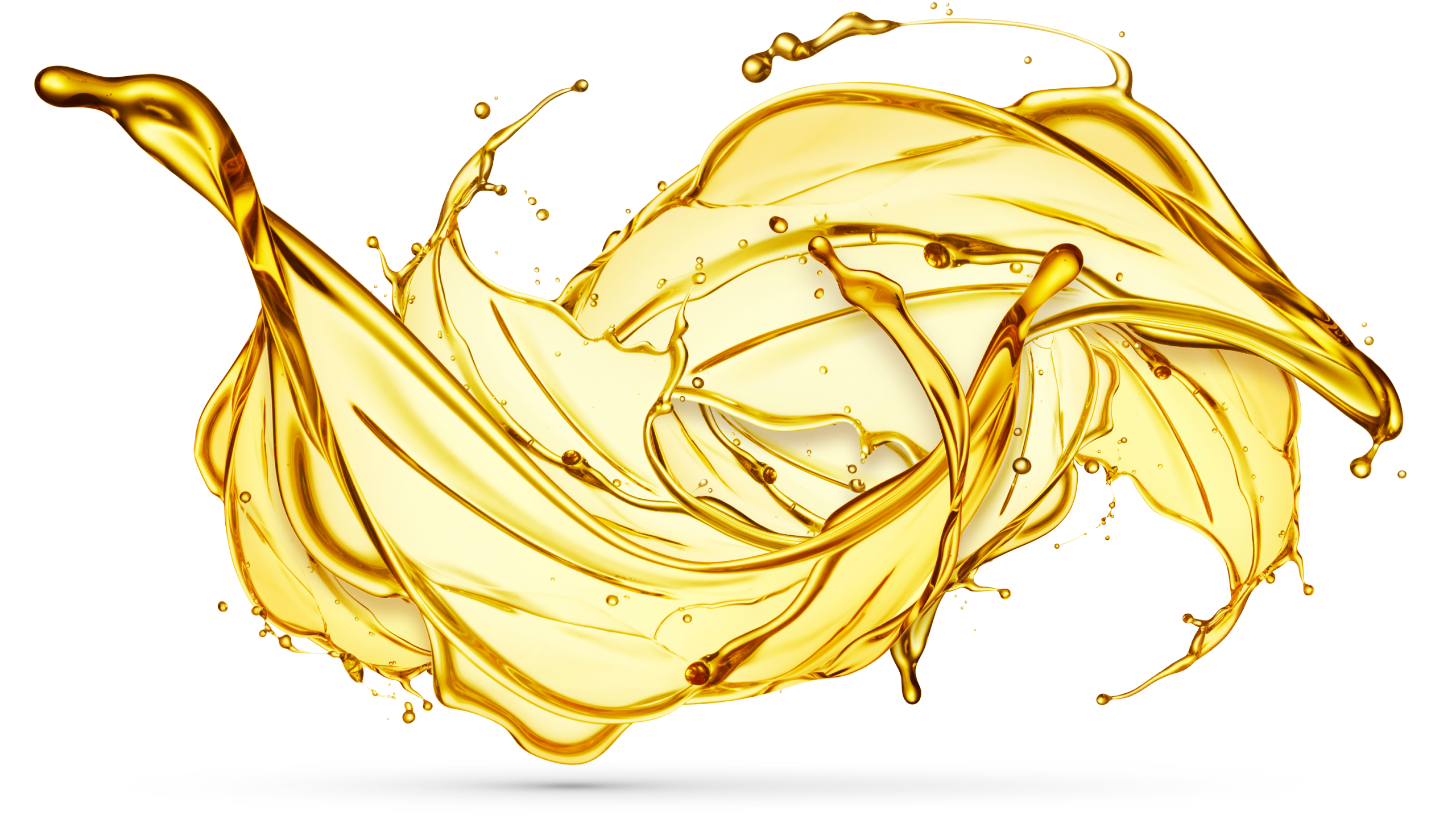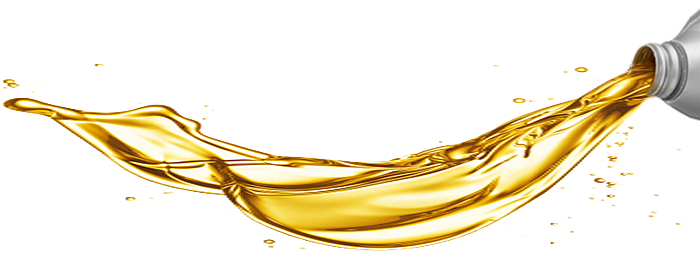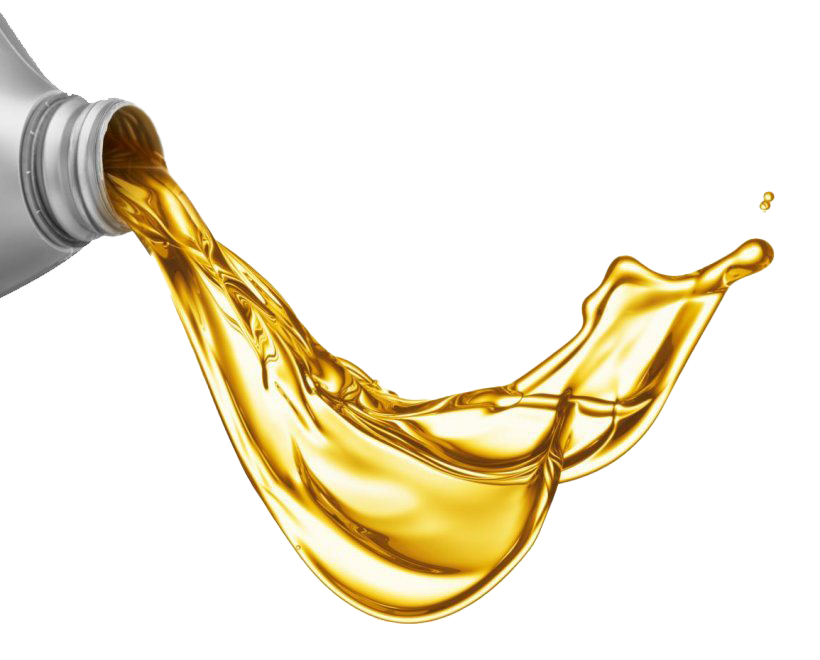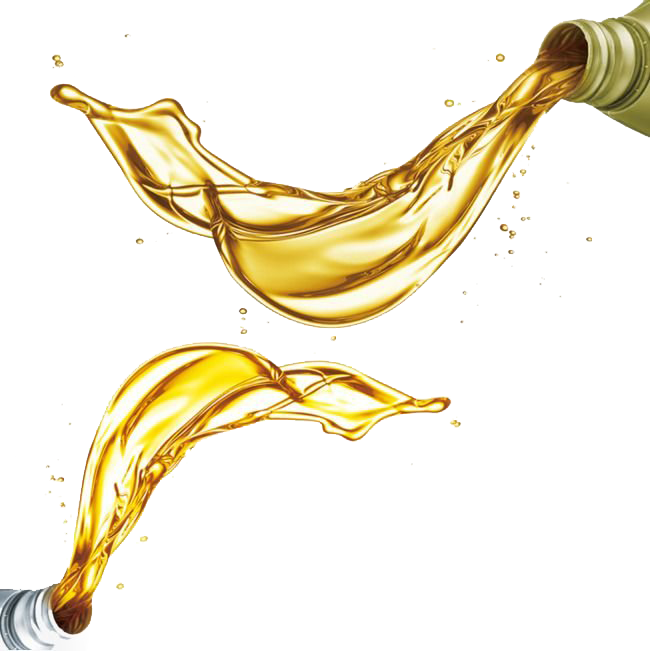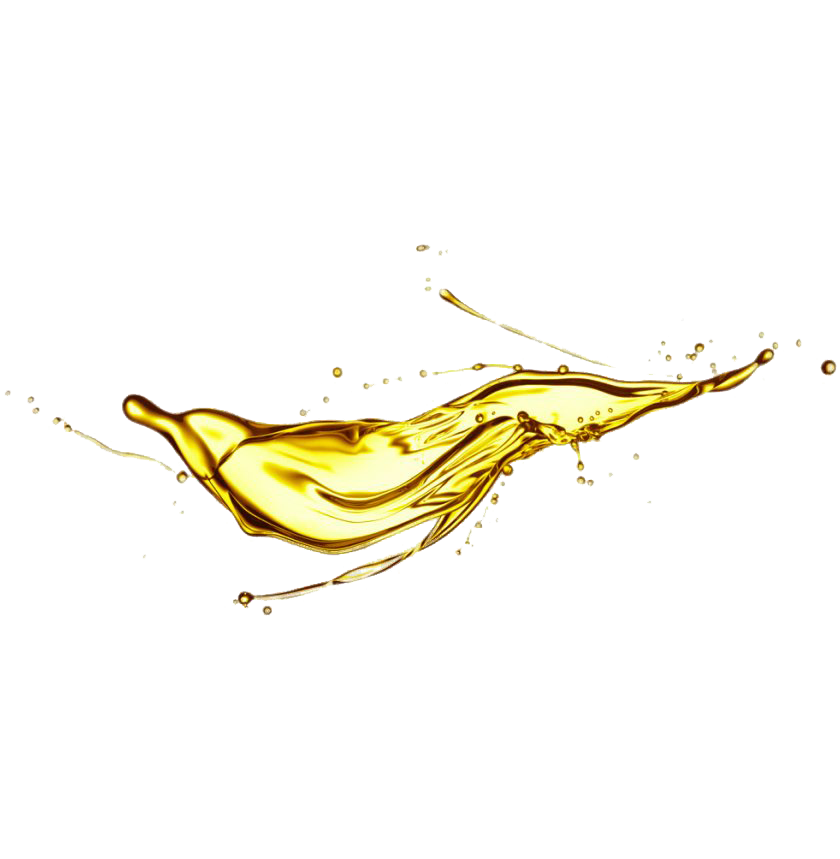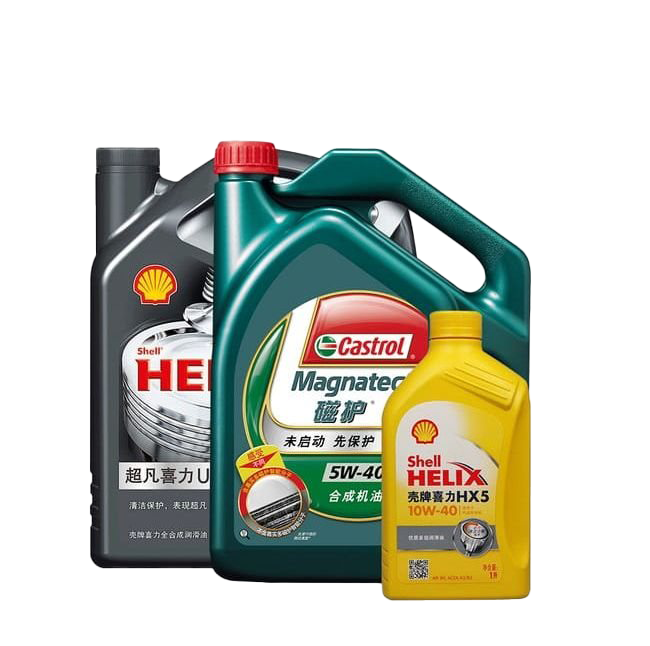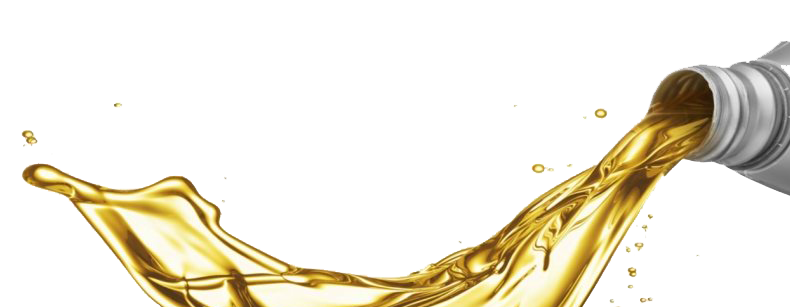Download top and best high-quality free Motor Oil PNG Transparent Images backgrounds available in various sizes. To view the full PNG size resolution click on any of the below image thumbnail.
License Info: Creative Commons 4.0 BY-NC
Today’s engines are smaller, lighter, and produce more horsepower per cubic inch than ever before while retaining less oil volume, stressing on engine oil as much as possible.
Horsepower-increasing additions such as turbocharge and supercharge have become commonplace. Add ever stricter emission controls with daily stops and commuting in today’s congested cities, and you have operating conditions that are tortuous for your car‘s motor oil.
So, what qualities does motor oil need to survive these conditions while providing adequate protection? As we say, “the devil is really in the details” when it comes to properly formulated motor oil.
We will start with viscosity issues. Good motor oil must be able to maintain a constant viscosity when exposed to temperature changes. It is also very important that the oil is able to maintain its proper viscosity for the duration of its intended drain interval.
An oil pour point tells you how well it manages cold temperatures without gelling (solidifying). Oils that contain too much paraffin; wax in petroleum-based motor oils tend to gel at low temperatures. Oils containing poorly designed additives or low-quality viscosity index improvers will also have this problem. Modern engines have tight tolerances and need engine oil to flow quickly at low temperatures to minimize wear at start-up.
Tip: Look for oils with a low pour point. The pour point test determines the lowest temperature at which a lubricant flows. The lower the pour point of a lubricant, the better its protection in service at low temperatures.
This brings us to the subject of volatility and heat deterioration. At higher temperatures, lighter components can volatilize and boil off. This is particularly true for petroleum-based oils that contain a mixture of hydrocarbon molecules of different sizes. At high temperatures, the lightest parts boil off, leaving the heaviest parts. This causes a gradual increase in viscosity and leads to accelerated wear, sludge, and engine deposits. The ability to resist shear and volatilization is particularly important in turbocharged applications where oil passes through turbochargers scorching hot bearings.
Fully synthetic motor oils made from polyalphaolifine – an artificial molecule, have a uniform molecular structure that is much less volatile at high temperatures, making them ideal for high temperature / turbocharged applications.
Download Motor Oil PNG images transparent gallery.
- Motor Oil PNG Image
Resolution: 820 × 497
Size: 408 KB
Image Format: .png
Download
- Motor Oil PNG Images
Resolution: 900 × 480
Size: 487 KB
Image Format: .png
Download
- Motor Oil PNG Pic
Resolution: 748 × 499
Size: 240 KB
Image Format: .png
Download
- Motor Oil PNG
Resolution: 1260 × 461
Size: 514 KB
Image Format: .png
Download
- Motor Oil Transparent
Resolution: 820 × 371
Size: 105 KB
Image Format: .png
Download
- Motor Oil
Resolution: 820 × 696
Size: 244 KB
Image Format: .png
Download
- Motor Oil Bottle PNG Clipart
Resolution: 860 × 519
Size: 301 KB
Image Format: .png
Download
- Motor Oil Bottle PNG Download Image
Resolution: 910 × 800
Size: 576 KB
Image Format: .png
Download
- Motor Oil Bottle PNG File
Resolution: 900 × 880
Size: 741 KB
Image Format: .png
Download
- Motor Oil Bottle PNG HD Image
Resolution: 900 × 900
Size: 614 KB
Image Format: .png
Download
- Motor Oil Bottle PNG Image
Resolution: 860 × 584
Size: 168 KB
Image Format: .png
Download
- Motor Oil Bottle PNG Images
Resolution: 910 × 539
Size: 394 KB
Image Format: .png
Download
- Motor Oil Bottle PNG Pic
Resolution: 910 × 910
Size: 671 KB
Image Format: .png
Download
- Motor Oil Bottle Transparent
Resolution: 860 × 1070
Size: 557 KB
Image Format: .png
Download
- Motor Oil Bottle
Resolution: 840 × 1081
Size: 287 KB
Image Format: .png
Download
- Motor Oil PNG Clipart
Resolution: 4167 × 1952
Size: 3420 KB
Image Format: .png
Download
- Motor Oil PNG Download Image
Resolution: 2560 × 1440
Size: 4070 KB
Image Format: .png
Download
- Motor Oil PNG File
Resolution: 700 × 277
Size: 123 KB
Image Format: .png
Download
- Motor Oil PNG Free Download
Resolution: 820 × 660
Size: 293 KB
Image Format: .png
Download
- Motor Oil PNG Free Image
Resolution: 650 × 651
Size: 256 KB
Image Format: .png
Download
- Motor Oil PNG HD Image
Resolution: 840 × 859
Size: 160 KB
Image Format: .png
Download
- Motor Oil PNG High Quality Image
Resolution: 650 × 646
Size: 324 KB
Image Format: .png
Download
- Motor Oil PNG Image File
Resolution: 790 × 307
Size: 145 KB
Image Format: .png
Download

